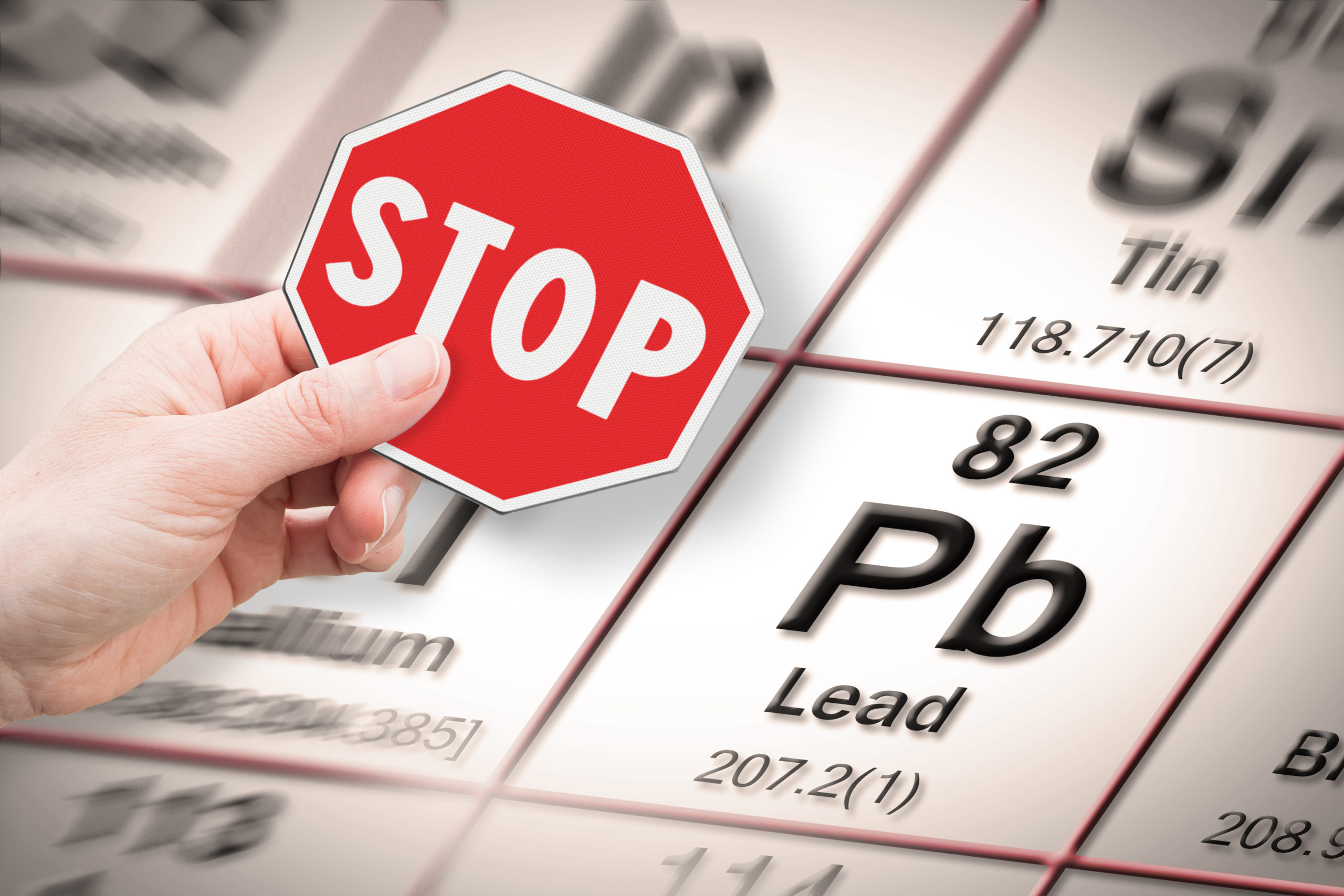
We’ve spoken at length about the dangers posed by two of the most common household contaminants, mold and asbestos, but we have yet to dive into the deep waters of hazardous lead.
That’s why we wanted to take a moment to address this particular material.
With extensive exposure typically detected through blood testing methods, lead poses a health hazard to adults and children alike — and often when you least expect it.
Taking a Peek into the Products
Lead can be found in more household items than you’d think. Jewelry for example, regularly contains lead, as do many children’s toys.
“The use of lead in plastics has not been banned,” the Centers for Disease Control and Prevention (CDC) explains. “Lead softens the plastic and makes it more flexible so that it can go back to its original shape. It may also be used in plastic toys to stabilize molecules from heat.”
Oftentimes, lead is also found within the fibers of clothing.
For example, on Nov. 23, 2022, the United States Consumer Product Safety Commission (CPSC) recalled children’s clothing produced by Bentex due to lead. The products reportedly contained textile inks that were printed with lead — the likes of which “exceed either the federal lead paint ban or the federal lead content ban.”
Your home may be harboring lead within its walls too, particularly with regard to lead-based paints. According to the U.S. Department of Housing and Urban Development (HUD), houses built prior to 1978 may require more maintenance efforts in order to reduce one’s exposure to lead-based dust and contamination.
Looking into Lead’s Impact
Unfortunately, lead poisoning can impact the entire body and even build up within one’s bones and teeth if one experiences prolonged exposure. Children, especially, are at increased risk of living with adverse health effects.
“Young children are particularly vulnerable to lead poisoning because they absorb 4–5 times as much ingested lead as adults from a given source,” the World Health Organization (WHO) warns.
Children who experience exposure to lead may develop one or more of the following:
- Anemia
- Hypertension
- Slowed growth
- And more
But lead can also impact more than just a child’s physical future.
Lead exposure may significantly impact a child’s brain development, potentially lowering their IQ even into adulthood. According to the CDC, significant and/or prolonged exposure may even cause slowed growth and development in some children, as well as hearing problems, speech problems, and more.
But lead is also harmful to other adults, especially pregnant women. Specifically, the Environmental Protection Agency (EPA) reports that adults may experience the following lead-related symptoms:
- Cardiovascular problems
- Increased blood pressure
- Impaired kidney function
- Reproductive complications in both women and men
Reaching Out to Reliable Professionals
Even if you feel confident your home and household items are fairly safe, even simple renovations and remodeling may necessitate lead testing. Lead-based paint that is chipping or deteriorating, for example, can easily go from innocuous to hazardous.
And if you suspect you may need a lead investigation, it’s imperative that you reach out to a reliable and qualified professional.
We recommend you check that the person or business you are hiring — as well as the individual performing the service — is licensed by the EPA for lead-based paint. To verify their credentials, click HERE.
Not sure who to call? Luce Air Quality is equipped to perform your lead inspection with precision and efficiency. To learn more, contact us today at 904-803-1014! We look forward to helping you breathe a healthy sigh of relief in the wake of lead-related woes.


